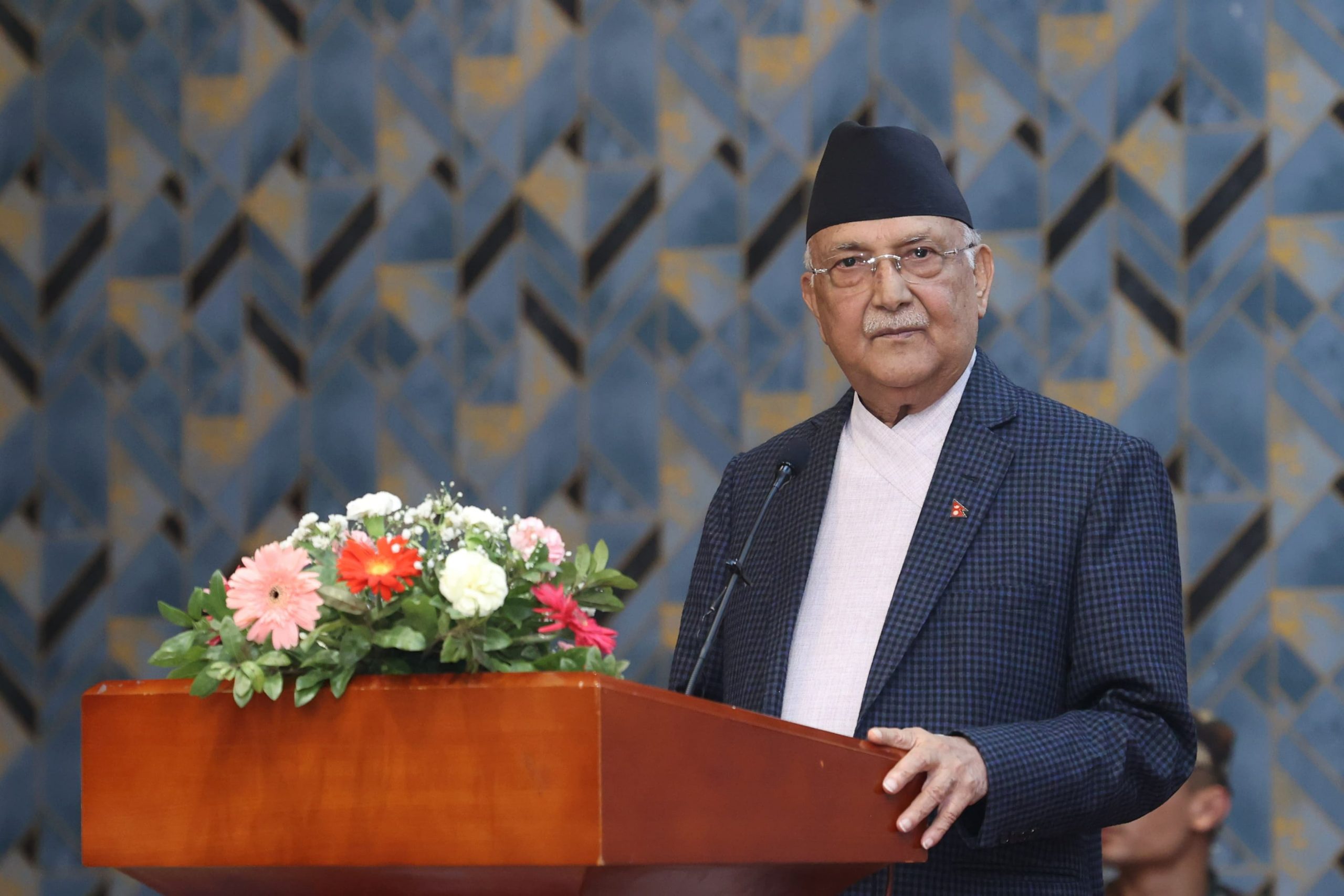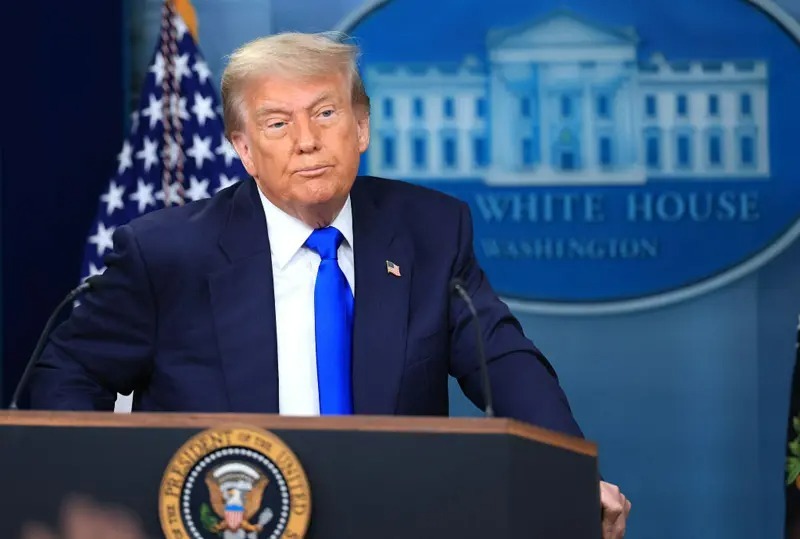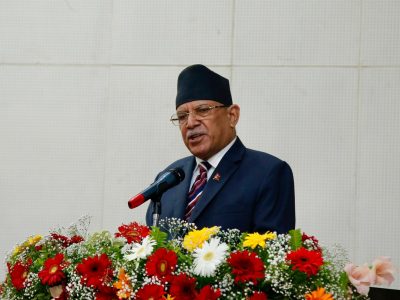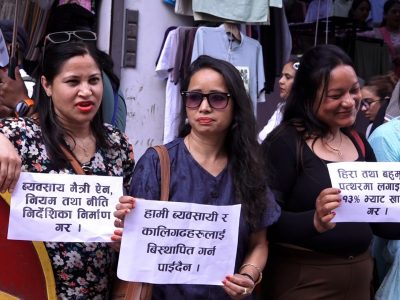WMCC talks on disengagement at LAC, and China’s 1959 claim

Image Credit: DCnepal Nepali Portal, September 25, 2020.
Kathmandu. China and India have been engaging at the Line of Actual Control (LAC) in a tense stand-off since early May. After both the states deployed their militaries in the area, the situation has not been diffused even as the harsh winter settles in. Earlier reports had pointed out that Beijing was increasing its air-bases along the LAC. After a series of formal talks between the nations, the latest meeting was focused on strengthening “communication, especially between the ground commanders” and formulating agreements to disengage the troops at the LAC.
The Working Mechanism for Consultation & Coordination on India-China Border Affairs (WMCC) sat for a discussion on September 30. Naveen Srivastava (India), a representative of the East Asia division within the Ministry of External Affairs and Hong Liang (China) from the Boundary & Oceanic Department of the Chinese Ministry of Foreign Affairs, led their respective sides and resolved to settle the differences. This was the first time that a bilateral meeting was held since the Foreign Ministers of both countries settled for a talk during the Shanghai Cooperation Organization meet in Moscow, where a similar agreement was mentioned.
The statement produced by India in the virtual exchange iterated the necessity “to implement the steps outlined in the joint press release issued after the last meeting of the senior commanders so as to avoid misunderstandings and to maintain stability on the ground.” The Chinese statement that was read aloud in Mandarin placed importance in maintaining such dialogues and resolving the remaining local issues.
Beijing, however, a day later on October 1, released a claim fortifying its 1959 stance, whereby it stressed upon the fact that it did not “recognize the so-called Union Territory of Ladakh.” This statement has managed to suitably irk the Indian government as it has been rejecting this view since the time that it was conceived in Zhou Enlai’s letter to Jawaharlal Nehru. While the Indian Army stands ready to counter any possible move made by the People’s Liberation Army (PLA) that may follow this assertion made by Beijing, the question of China’s exact motivations still hangs in the air. Uncertainty has also been cast on any agreements previously made regarding the disengagements at the Ladakh border.
An Indian diplomat commented on the matter that, “The Ladakh stand-off is an outcome of a 30-year differential between India and China in the infrastructure race. China became Shanghai and India remained Mumbai. It is not good English but strong infrastructure and military that will force China to come to table.”
Facebook Comment
latest Video
Trending News
- This Week
- This Month

















